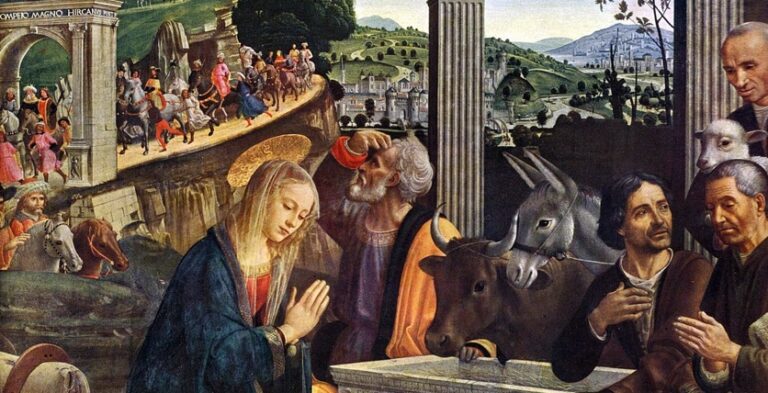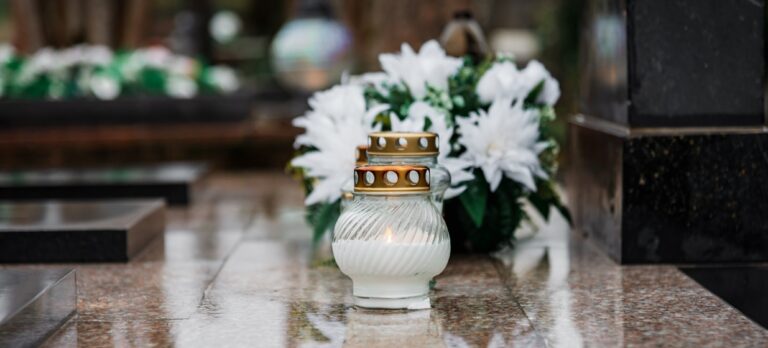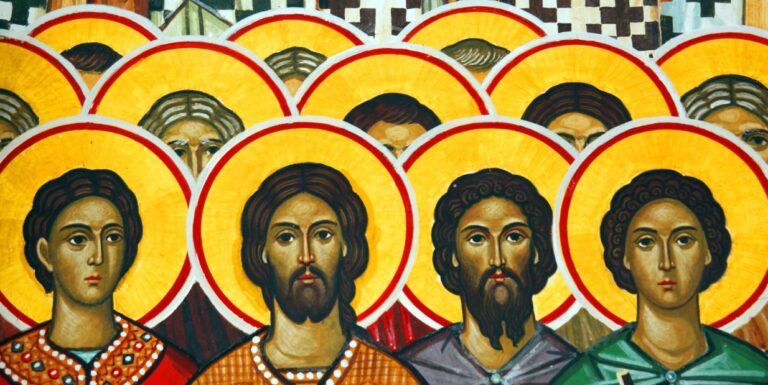
ST. JOHN PAUL II
It became so natural, but when Saint John Paul II was elected as Pope in Rome in 1978, it was almost beyond comprehension. He was the first non-Italian in centuries to become bishop of Rome. But it took almost no time at all to silence the critics. I remember one Roman being interviewed who said, “He speaks better Italian than my brother in America.”
But the saint changed how people view the papacy and the Church in many other ways.
First – Travel. The number and variety of trips taken by the Pope, including to Canada was beyond comprehension when he took office. Most of his predecessors were not only Italian, most never left Italy once they became Pope. John XXIII had lived outside of Italy before he became Pope, but not afterwards. John Paul II made the pope the ambassador for Christianity around the world. And by this travel he showed the Catholics of the world how varied was this Church of ours. Before the 1984 visit, no one would have guessed, even in most of Canada, the importance of First Nations customs around the liturgy, or even of something as simple as the blessing of the fleet on the East Coast. Well we know now.
Second – The voice of Christianity. His travel schedule was not just because he needed a vacation, it was a carefully thought out strategy to make the Catholic Church, and more generally Christianity, a live item in society everywhere. The Church spoke to communism and worked with world leaders to make the thought of change possible.
Third – Humanity of the papacy. Especially with younger people through World Youth Days like the one held in Toronto in 2002, but through all of the massive gatherings held across Canada and around the world, and yes even in Rome, his appeal as a person, his kindness and his love of being a public person made us think of the pope as a person, maybe even a friend. I saw him at Saint Paul outside the Walls one year while I lived in Rome, and he had the gift to look at everyone in a crowd. We all thought he was looking at each of us individually. It was a remarkable gift, but one that made people believe they mattered, even in this massive Church.
Fourth – Synods. The synods of bishops are mostly a child of the Second Vatican Council, but John Paul II made them a way for different parts of the global Church to meet and discuss things that matter to that region. This understanding that the Church is different in different places, even if it is universal challenged a cultural imperialism that marked much of our efforts to stay united as a Church.
Not everything went well, however. The Pope had his blind spots, especially when it came to evaluating clergy, sometimes even prominent members of the clergy who were not living up to the evangelical counsels. Pope Francis may be remembered for straightening out the finances, something much less exciting, but perhaps much more important for the future of the Church. And the reform of the curia in Rome, which is a never-ending process, may not have been the top of his list.
So take a moment today and think on Saint John Paul II. Many of you may have seen him in person, and those are good memories to share. He is a good example of what goes into making a saint – lots of good, some flaws. He is an example and challenge to us all to live the lives of saints.
–Glenn Byer has been making music for the Mass for 40 years, and has been writing about and offering courses and workshops on liturgy for more than 30 years. He holds a Master’s in liturgy from the University of Notre Dame, and a doctorate in liturgy from the Pontifical Institute for Liturgy at the Atheneaum of Sant’Anselmo in Rome. Glenn has written numerous books, among them: 26 Ordinary Ways to Live the Liturgy, Unlocking the Feasts and Seasons of the Liturgical Year and Living the Liturgy of the Word.



